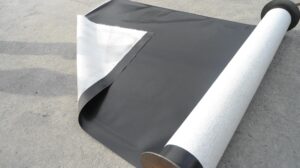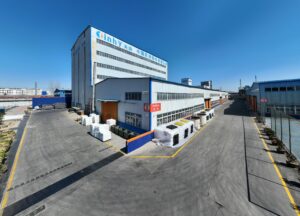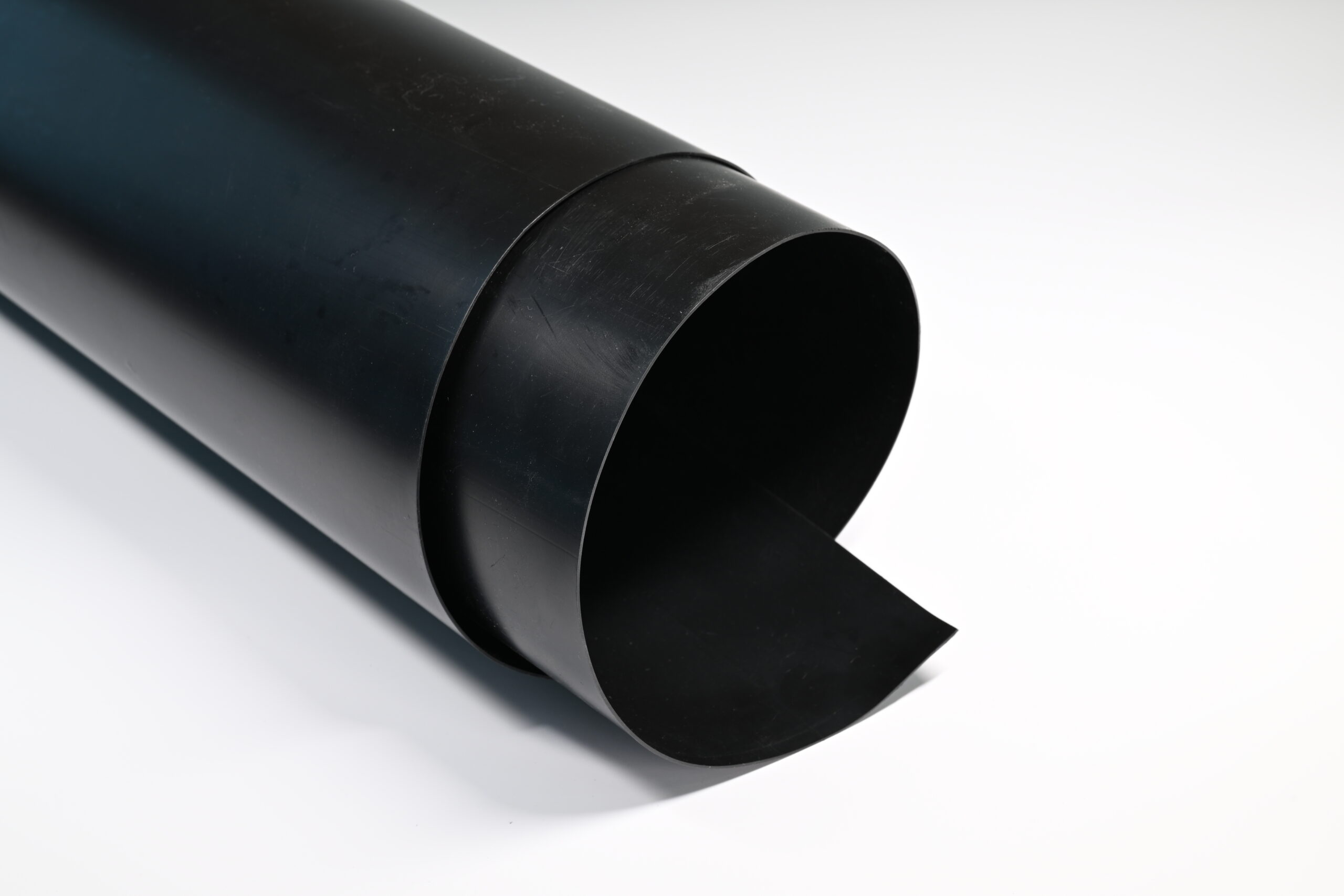5 Application Areas of Geomembranes
Geosynthetic materials, also known as geosynthetics, are thin film materials made from polymer materials through special processing, which have excellent physical and chemical properties. Its application fields are very extensive, including the following aspects:
Waterproof field: Geomembranes are mainly used in various anti-seepage projects, such as landfill sites, road tunnels, underground engineering, etc., to prevent the infiltration of water and pollutants.
In the field of water conservancy: Geomembranes are also widely used in water conservancy projects, such as large reservoirs, embankments, rivers, and farmland irrigation. Geomembrane can effectively reduce water loss and improve water utilization efficiency.
Construction field: Geomembranes can also be used for waterproofing, moisture-proof, thermal insulation, and sound insulation in construction projects, such as roofs, basements, tunnels, etc.
Agricultural field: The application of geomembrane in the agricultural field mainly involves covering materials, such as plastic film, insulation cover, farmland drainage system, etc., which can improve crop yield.
Environmental field: The application scope of geomembranes also includes environmental fields, such as garbage treatment, waste landfill, and wastewater treatment, which can prevent the leakage of harmful substances and protect the environment.

However, geomembranes also have their own drawbacks, such as:
Poor weather resistance: Some relatively inexpensive geomembranes, such as those made of PE material, have poor weather resistance and may experience problems such as aging, hardening, and cracking after prolonged exposure to sunlight.
Low tensile strength: In addition to high-end geomembranes, the tensile strength of geomembranes is generally relatively low, not strong enough, and prone to damage such as tearing.
High installation requirements: The installation requirements for geomembranes are relatively high, especially for large-scale anti-seepage projects, which need to be strictly constructed according to the design drawings, otherwise it will affect the effectiveness of use.
Poor thermal stability: Geomembrane materials have poor thermal stability, which can easily melt or deform when the temperature exceeds the specified range, leading to seepage prevention failure.
Higher price: Compared with other waterproof materials, the price of geomembrane is higher, especially in the application of large-scale anti-seepage projects, which will result in higher costs and increase the overall cost of the project.
In summary, although geomembrane is a very practical anti-seepage material, it also has some shortcomings that need to be comprehensively considered and used according to specific circumstances.

About us
Shandong Tianhai was established in 2002 and has been committed to the research and sales of geomembranes. It has 30 production lines and a national certification experimental base, and has always been a leading position in the research and production of geomembranes. It has overcome multiple technical difficulties in geomembranes, minimized the shortcomings of geomembranes, reduced costs, and made a contribution to global environmental protection
Author
-

Founded in 2002, Tinhy's team focuses on the manufacturing, marketing, installation, application and research and development of geosynthetic materials.
View all posts




